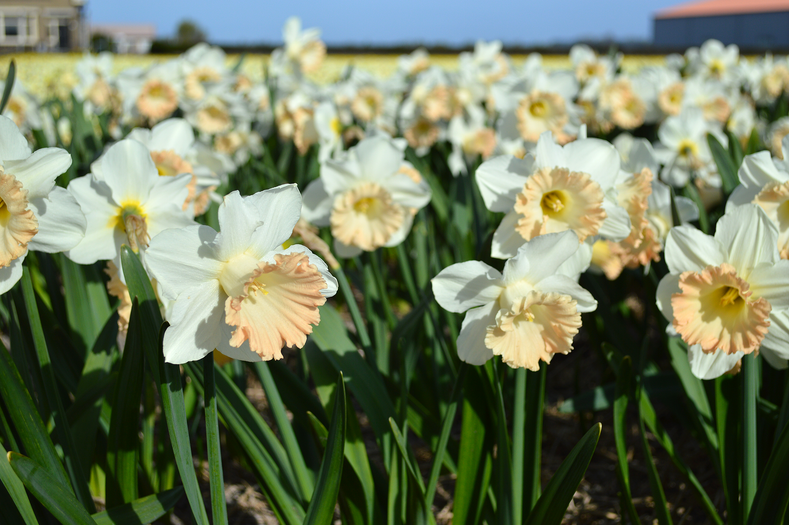Shakespeare in Bloom
William Shakespeare. Like him or loathe him, his name will evoke a reaction in everyone. Joy at the memory of a beautiful line from a well-known poem: “Shall I compare thee to a summer’s day, thou are more lovely and more temperate...”. Groaning inwardly when you remember impossible sentences you had to analyze or even read out loud in class all those years ago. Or maybe you have never read any of his work, but are still able to recite one or two of his more famous lines: “To be or not to be, that’s the question”, “What’s in a name….”, “Double, double, toil and trouble…”.
Still relevant today
Why is Shakespeare’s work still being read, taught, performed and enjoyed today, while other writers have been forgotten? What makes his poems so relatable and his plays so relevant?
The main reason is that they are filled with characters we recognize, emotions we have felt ourselves and dilemmas we still face every day.
But what about the more mundane things in life? What did he write about food and clothes and houses and gardens? And what about flowers, about bulbs? Well, luckily it turns out he had quite a bit to say about them as well.
Daffodils
In The Winter’s Tale, a play about the paranoid king of Sicily suspecting his friend of an affair with his wife, daffodils are celebrated as the harbingers of spring, the first signs of winter truly being over:
“Daffodils, that come before the swallows dare, and take the winds of March with beauty”
“When daffodils begin to peer, -- With hey! The doxy over the dale, -- Why, then comes in the sweet o’ the year; -- For the red blood reigns in the winter’s pale.”
Isn’t “the sweet o’ the year” a wonderful way to describe that special period in early spring? The white and yellow loveliness of our Daffodils , blooming in early to mid spring, will definitely chase the last of “winter’s pale” away.

Iris
In the play The Tempest, Prospero and his daughter are banished to an island, surrounded by spirits. One of the spirits is Iris, representing the masked goddess of the rainbow. She acts as the mistress of ceremonies during a performance put on by Prospero and she calls forth the goddess of grain: “Ceres, most bounteous lady, thy rich leas --- Of wheat, rye, barley, vetches, oats and pease;...”
DutchGrown’s Irises are just as spirited as the goddess on that island all those years ago, and will create a stunning and “most bounteous” rainbow-like effect when their multi-colored leaves unfold in your spring garden.

Saffron
Saffron is a red spice derived from the Crocus flower. We mostly see the Crocus as a happy, innocent bloom, but in Shakespeare’s plays Saffron is associated with criminals and villains, because of one very evil and scheming lady at the court. She introduced the trend of using yellow starch to color one’s ruffs, but after she was sentenced for murder, the trend immediately fell out of fashion, and the color saffron became a symbol of crime and evil.
From All’s Well That Ends Well: “No, no, no, your son was misled with a snipt-taffata fellow there; whose villainous saffron would have made all the unbaked and doughy youth of a nation in his color”
Thankfully the Saffron Crocus on our website is no villain out to “mislead” you, but instead a pretty purple flower with one very special quality: It blooms in fall!

The Bard’s Garden
Why not let the immortal words of the past inspire your bulb-planting this fall? We at DutchGrown can provide you with all the flowers that colored these timeless plays and poems and help you to create a garden full of rhyme and meaning!

